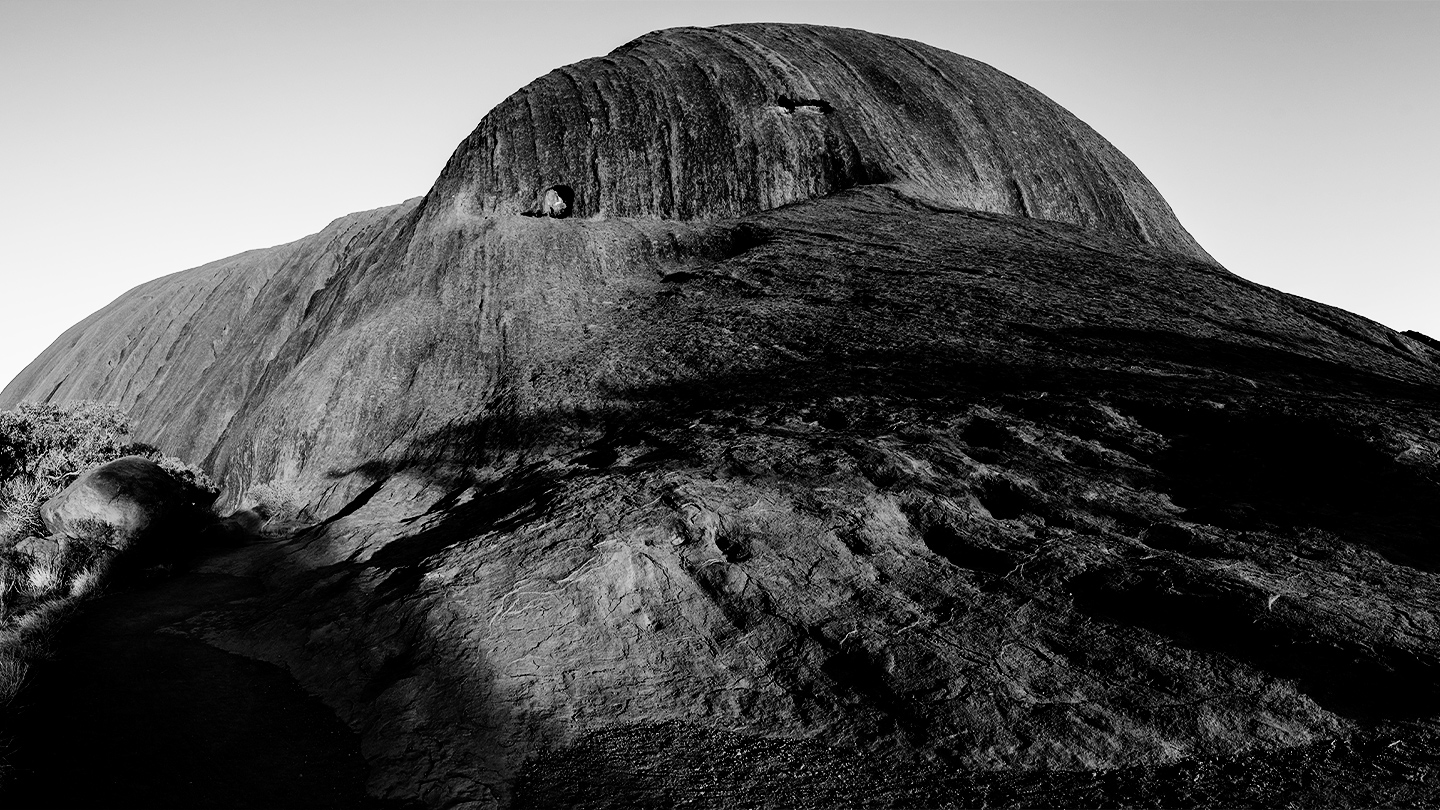Aboriginal land rights and water 1983-present
Aboriginal land rights laws began in NSW in 1983. The law did not initially recognise water rights although some land held by Aboriginal Land Councils in NSW has included water entitlements.
In 1983, the NSW Parliament passed the Aboriginal Land Rights Act 1983 (NSW) (ALRA) () to provide for Aboriginal land rights in NSW. The ALRA created Aboriginal Land Councils that could, among other things, hold and claim land.
The preamble to the ALRA recognised the importance of land to Aboriginal people and that land in NSW was traditionally owned and occupied by Aboriginal people who were progressively dispossessed of their lands without compensation. However, the Act did not refer to water rights, this has recently been changed so that the preamble refers to land and water ().
Even though the ALRA did not refer to water explicitly, some of the land acquired by Aboriginal Land Councils has included access to water. For example, some the former reserves transferred to Aboriginal Land Councils included access to water and, in some cases, water licences permitting stock and domestic uses, and sometimes farming (). Aboriginal Land Councils have also purchased some lands with water entitlements ().
The ALRA also creates a process for Aboriginal Land Councils to claim Crown land, which must be granted by the Minister in certain circumstances. Generally speaking, the land must be granted if it is not needed, nor likely to be needed, as residential land or for an essential public purpose or is not lawfully used or occupied. This definition has meant that land rights land is not typically the ’type of land to which water entitlements were attached to (ie land under cultivation)’ ().
Nonetheless, in some cases Aboriginal Land Councils have successfully used the provisions of the ALRA to have rights to coastal land or water recognised. For example, in 2013 following an appeal by the Aboriginal Land Council, the Land and Environment Court granted a claim over land including 3.7km of beach called Red Rock beach. While the beach was not able to be granted without restrictions because it was needed for the ‘essential public purpose’ of access, the need was dealt with by an easement for access by the public ().
Aboriginal Land Councils have also taken ownership of coastal land and waters using the joint management provisions of the National Parks and Wildlife Act 1974 (NSW) (). This law allows land to be owned in freehold by an Aboriginal Land Council, leased back to the Minister and managed by a Board of Management with a majority of members that are Aboriginal Owners (who are the registered traditional owners of the land). For example, Gaagal Wanggaan (South Beach) National Park near Nambucca Heads is owned by the Unkya and Nambucca Heads Local Aboriginal Land Councils and includes coastal lands and Warrell Creek ().
The law and policy in this subject is accurate as of 1 June 2023.
